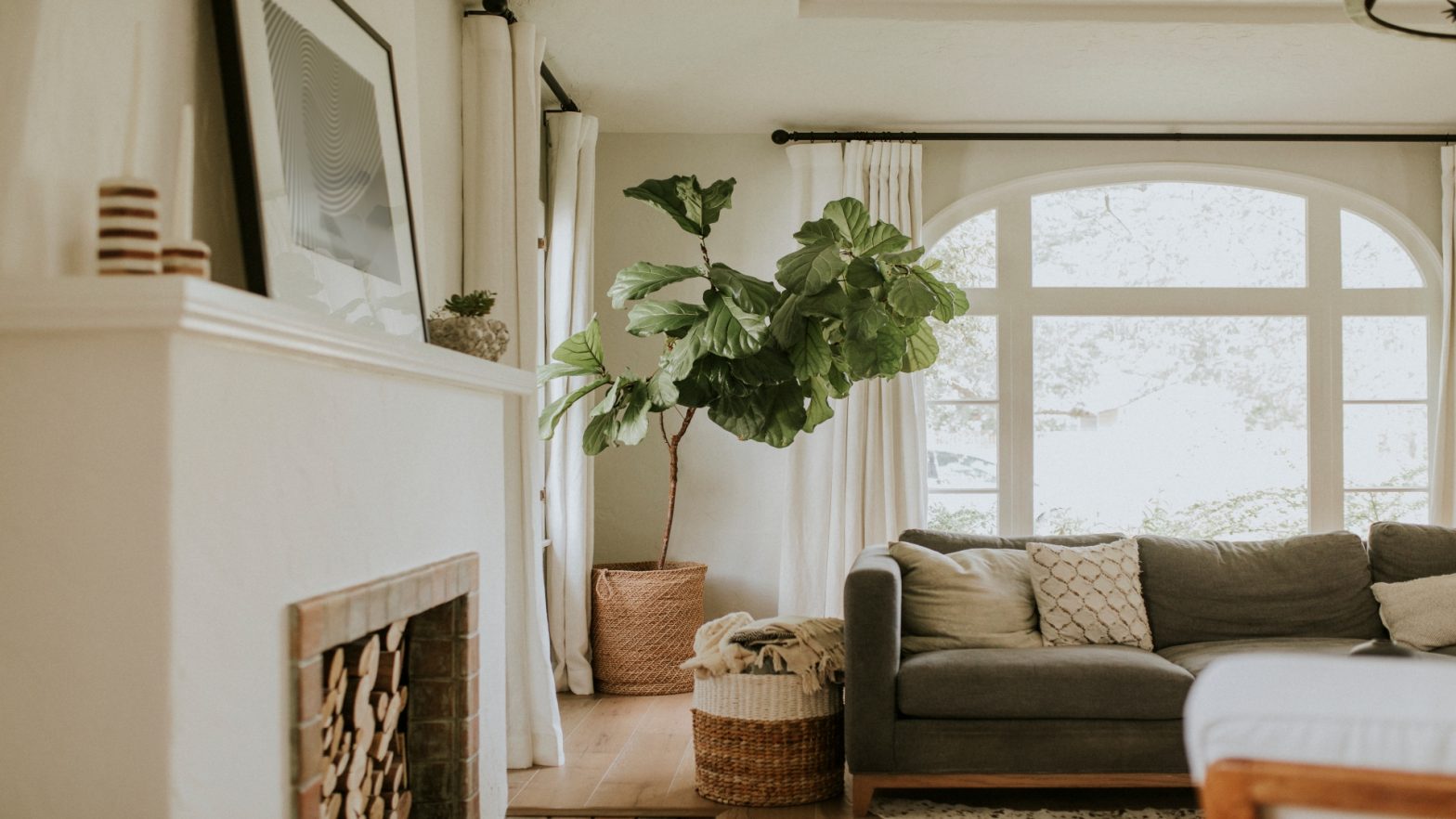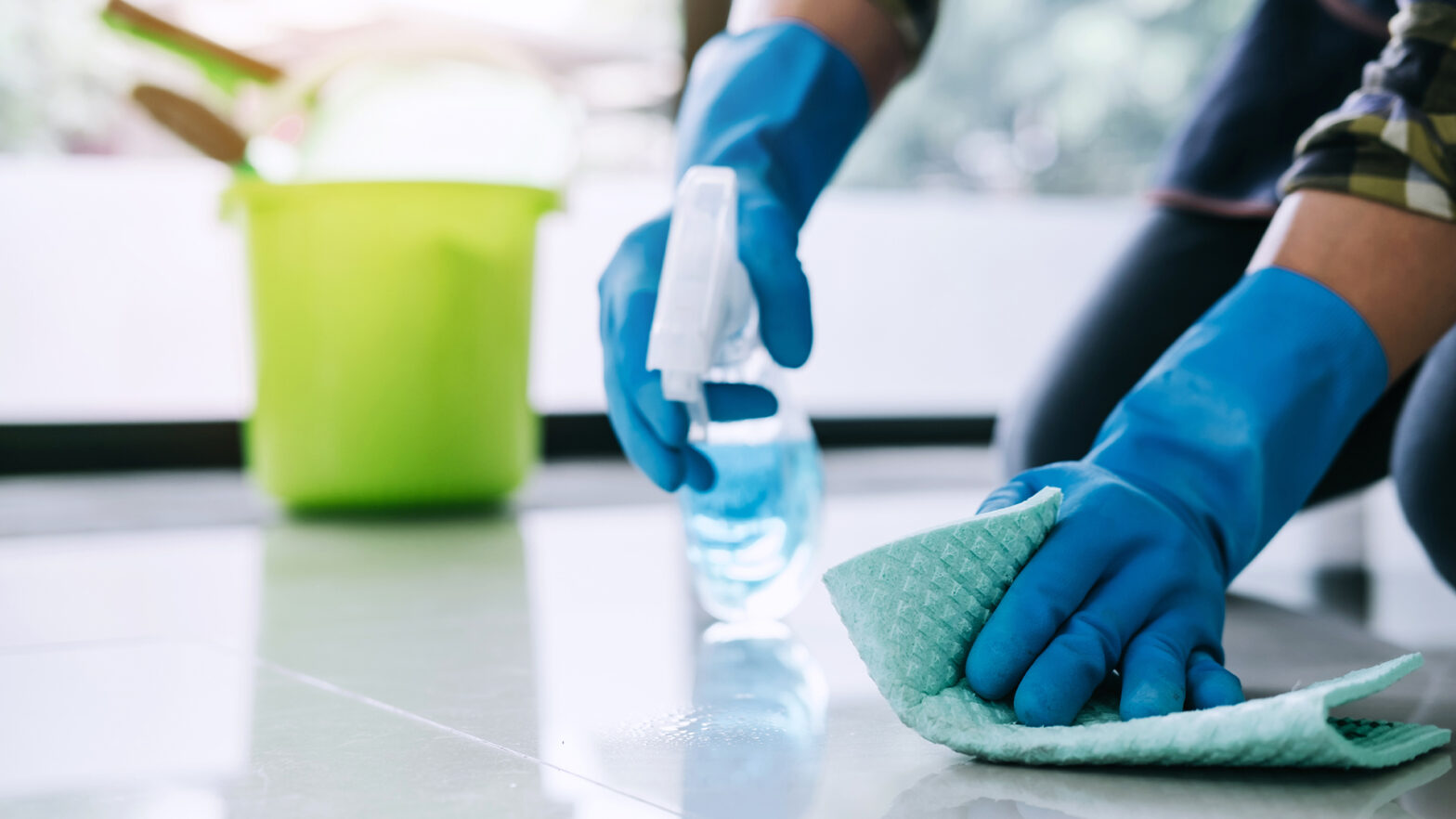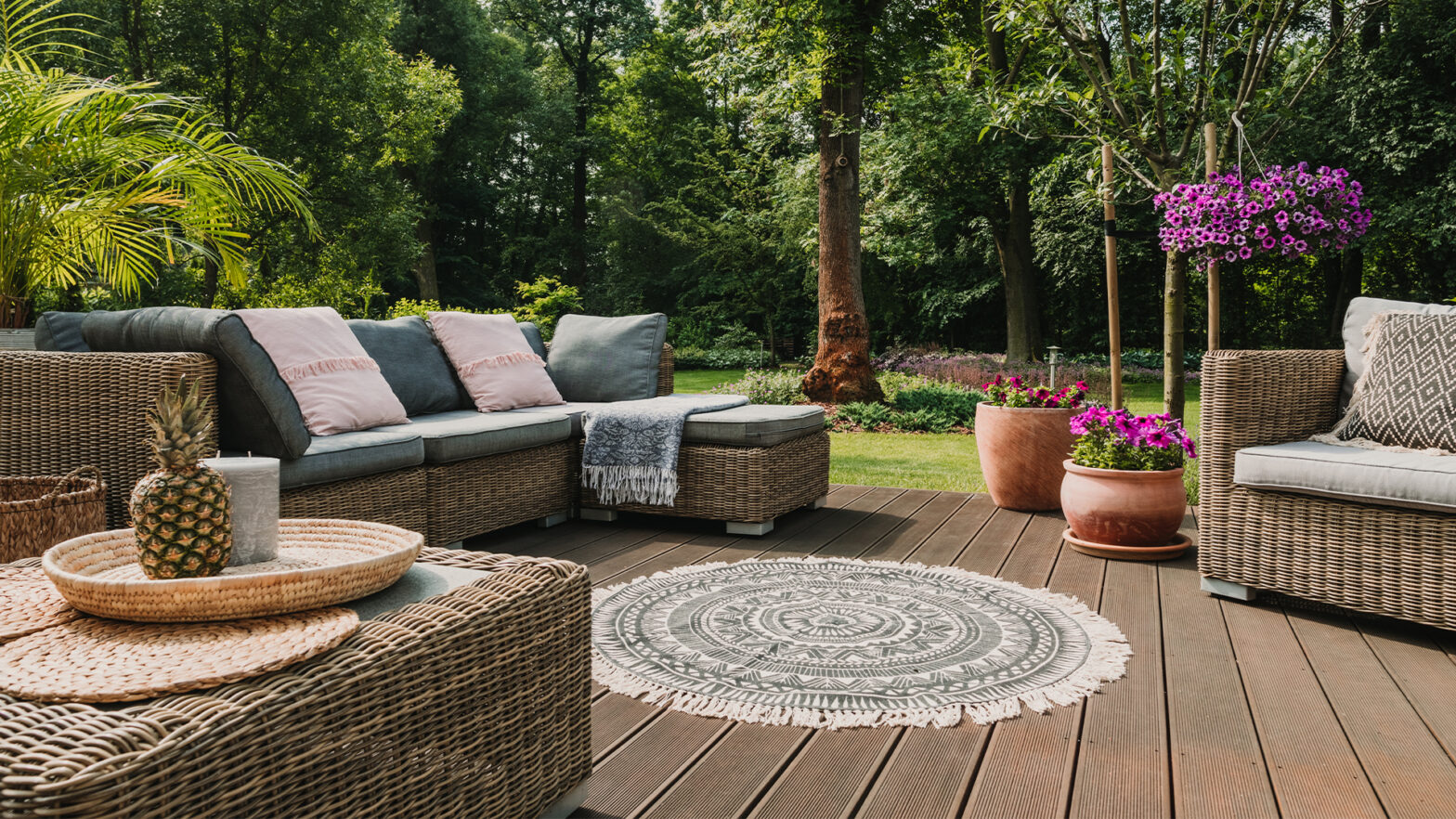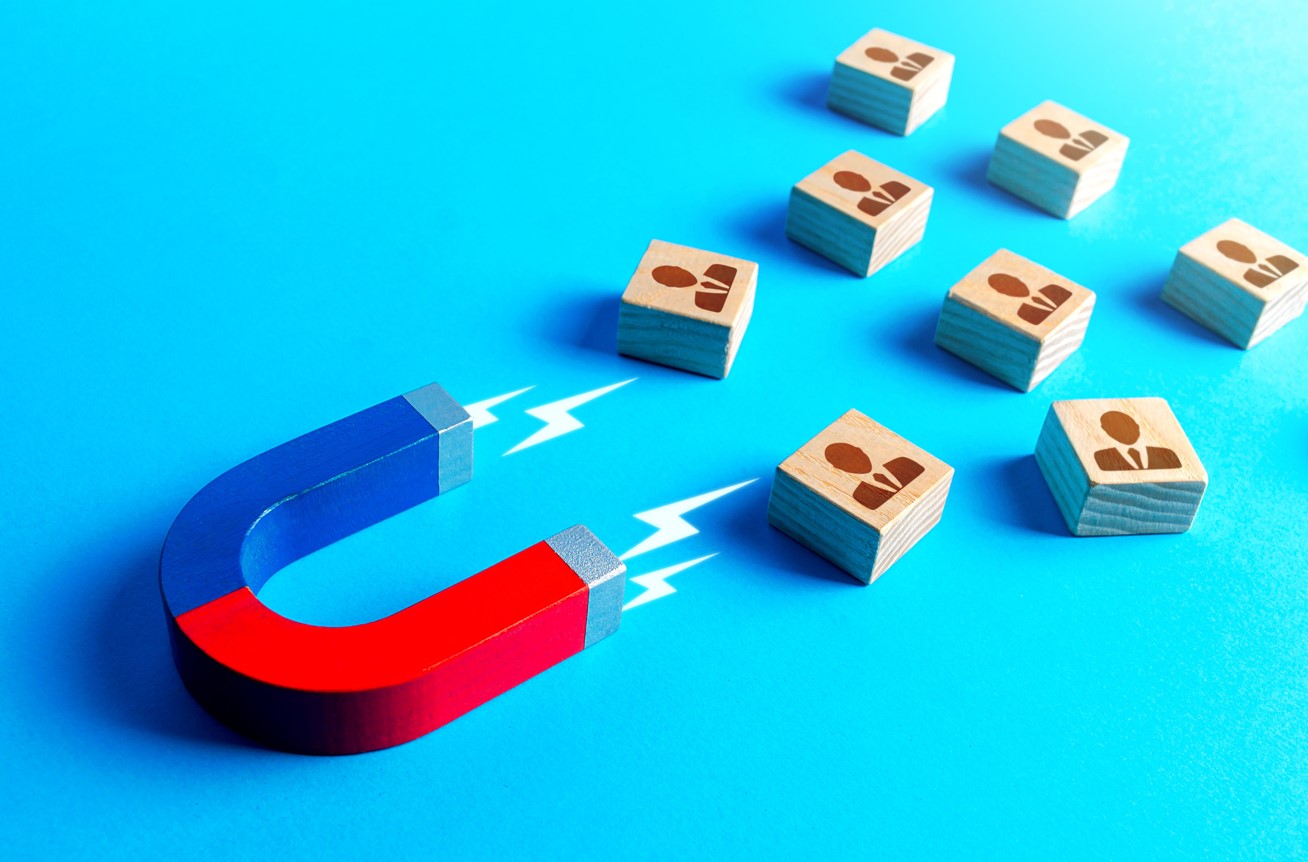A dripping faucet is not only annoying but also a source of water wastage. The constant, slow drip can add up to a significant increase in your water bill. Typically, a dripping faucet is caused by a worn-out washer or O-ring. You can attempt to fix this issue by turning off the water supply to the faucet, disassembling it, and replacing the damaged washer or O-ring. If you’re not confident in your plumbing skills, it’s best to call a professional plumber.
Clogged Drains
Clogged drains are a common plumbing issue that can affect sinks, showers, and toilets. These clogs are often caused by a buildup of hair, soap scum, food particles, or foreign objects. To address minor clogs, you can use a plunger or a drain snake to dislodge the blockage. For more stubborn clogs, chemical drain cleaners or professional plumbing services might be necessary. To prevent clogs, consider using drain strainers and being cautious about what goes down the drain.
Running Toilets
A running toilet is not only wasteful but can also result in higher water bills. The most common cause of a running toilet is a faulty flapper valve that fails to seal properly. Replacing the flapper is a relatively simple DIY fix that can save you money. If the issue persists, it could be due to problems with the fill valve or overflow tube, which might require the attention of a plumber.
Low Water Pressure
Low water pressure can be a source of daily frustration, making showers less enjoyable and dishwashing more time-consuming. It’s often caused by mineral buildup in the faucet aerators or showerheads. You can remove these fixtures and soak them in vinegar to dissolve the mineral deposits, which should restore normal water pressure. If the issue persists, it might be due to hidden plumbing problems, which would necessitate professional intervention.
Bathroom Leaks
Bathroom leaks often go unnoticed until they result in visible water damage. Inspect the areas around your toilet, bathtub, and shower for signs of moisture, mold, or damaged caulking. These leaks can sometimes be resolved by re-caulking or replacing worn-out gaskets. If you’re uncertain about the source of the leak or its extent, it’s advisable to consult a plumber to avoid costly structural damage.
Frozen Pipes
In cold climates, frozen pipes can be a recurring issue during winter. When water freezes inside the pipes, it can lead to pipe bursts and extensive water damage. To prevent frozen pipes, insulate your plumbing, and leave faucets dripping in extremely cold weather to keep water moving. If you encounter frozen pipes, use a heat source like a hairdryer to thaw them slowly, but avoid using open flames, which can damage the pipes. If a pipe has burst, immediately shut off the water supply and call a plumber.
In conclusion, these common household plumbing issues can be a source of inconvenience, water wastage, and even structural damage. While some problems can be addressed with simple DIY fixes, others may require the expertise of a professional plumber. Regular maintenance and vigilant inspection can help identify and prevent these issues before they become major problems, ultimately saving you time and money in the long run.



































